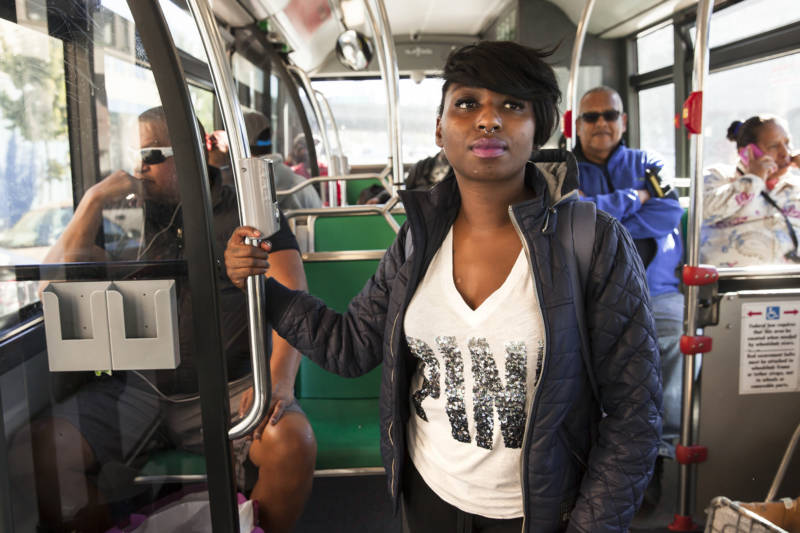Half of California’s community college students have experienced hunger in the last year and 60 percent have faced housing insecurity, even though many of them are working, a survey released Thursday found.
Half of California’s Community College Students Experience Hunger, Housing Insecurity

Nineteen percent of the state’s 2.1 million community college students have endured homelessness in the last year, too, according to the report by the Hope Center for College, Community and Justice at Temple University in Philadelphia.
“California’s community colleges are the primary driver of upward social and economic mobility for millions of residents,” California Community Colleges Chancellor Eloy Ortiz Oakley said in a statement. “No student should face hunger or homelessness. California must do better.”
Nearly 40,000 students at 57 community colleges statewide took the #RealCollege Survey in the fall of 2016 and 2018.
Students at higher risk for facing hunger and housing insecurity include those who are parents, divorced, former foster youth, African-American, LGBTQ or have served in the military. Formerly incarcerated students are at higher risk, too.
The rates of highest basic needs challenges among students were in the greater Sacramento area as well as in the northern coastal and inland regions. Such needs were “far lower” but “still substantial” in the south-central area, including Santa Barbara, the Hope Center said in a statement.
The number of students struggling to meet basic needs isn’t surprising, said Ya’Mese Johnson. As the student body president of Merritt College in Oakland, Johnson sees what many community college students are up against: “I’ve known many students that have worked like four jobs.”
That was another of the report’s findings: 84 percent of students grappling with food insecurity had a job or were looking for one, as were most of those coping with housing challenges.
“A lot of students are working jobs that are minimum wage or lower,” Christine Baker-Smith, managing director at the Hope Center, told KQED. She said it was also harder for students to hold down jobs with shifting class schedules, making it tough for them to compete with people who don’t have the same obstacles.
The center said data show that working and receiving financial aid wasn’t enough to help students struggling with unaffordable housing costs and rising food prices — especially in California.
The difficulties can affect the academics, including college completion rates. Johnson said she worked two jobs last year to make ends meet: “It makes it super hard to take a full-time class load.”
Though limited public benefits are available to students, many of them don’t take advantage of such help: Eight percent of homeless community college students get housing assistance and about 20 percent of them get CalFresh (federally known as the Supplemental Nutrition Assistance Program, SNAP), the Hope Center said.
“The primary thing we think is going on is that most students don’t know” about the aid, said Baker-Smith. “There is also some stigma involved in the feeling that one is insecure in (their) basic needs.”
Some of the center’s recommendations to help students include offering a school lunch program, changing the CalGrant program to allow community colleges to accept more federal financial assistance, exploring creative housing options and ensuring college staff are aware of the various aid benefits available to students.
KQED’s Vanessa Rancaño contributed to this report.
This story is part of our series The College Try, about what it takes for students who don’t come from means to get a higher ed degree in California today.
